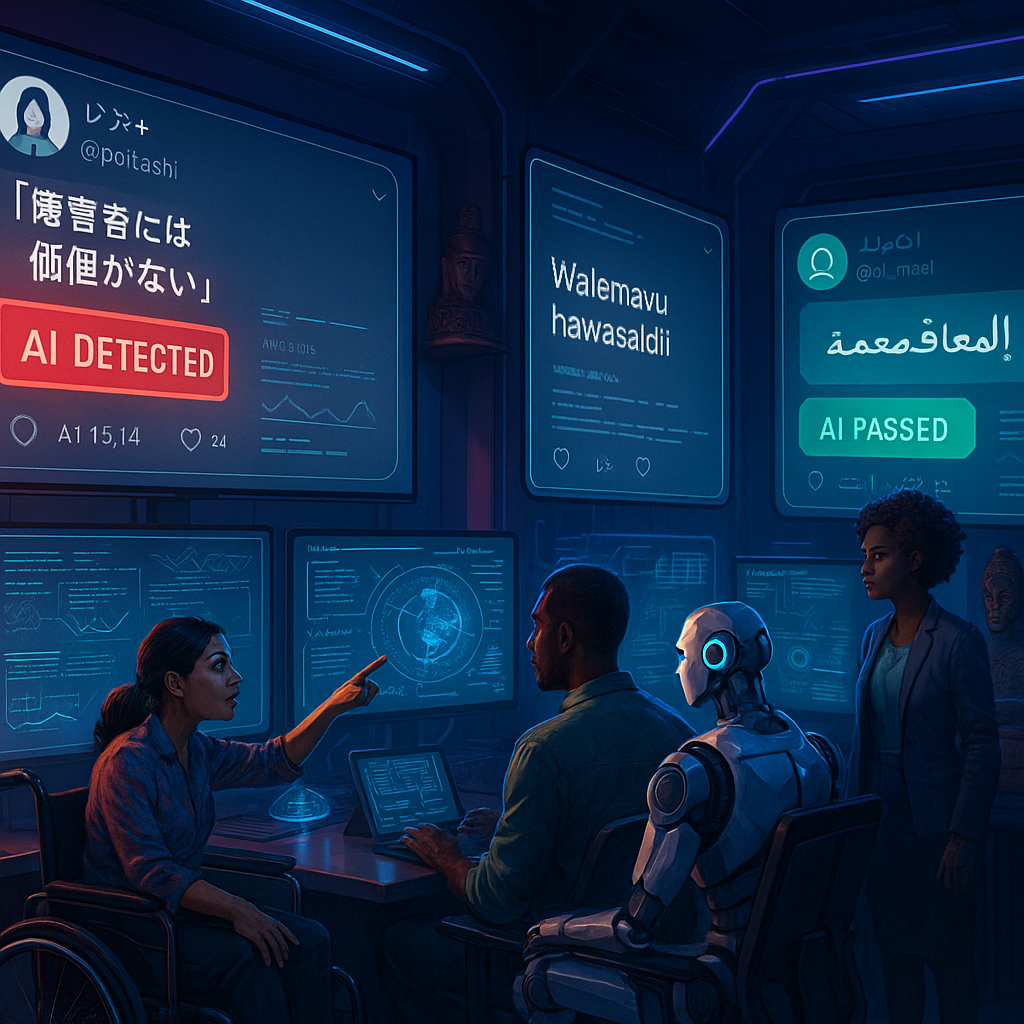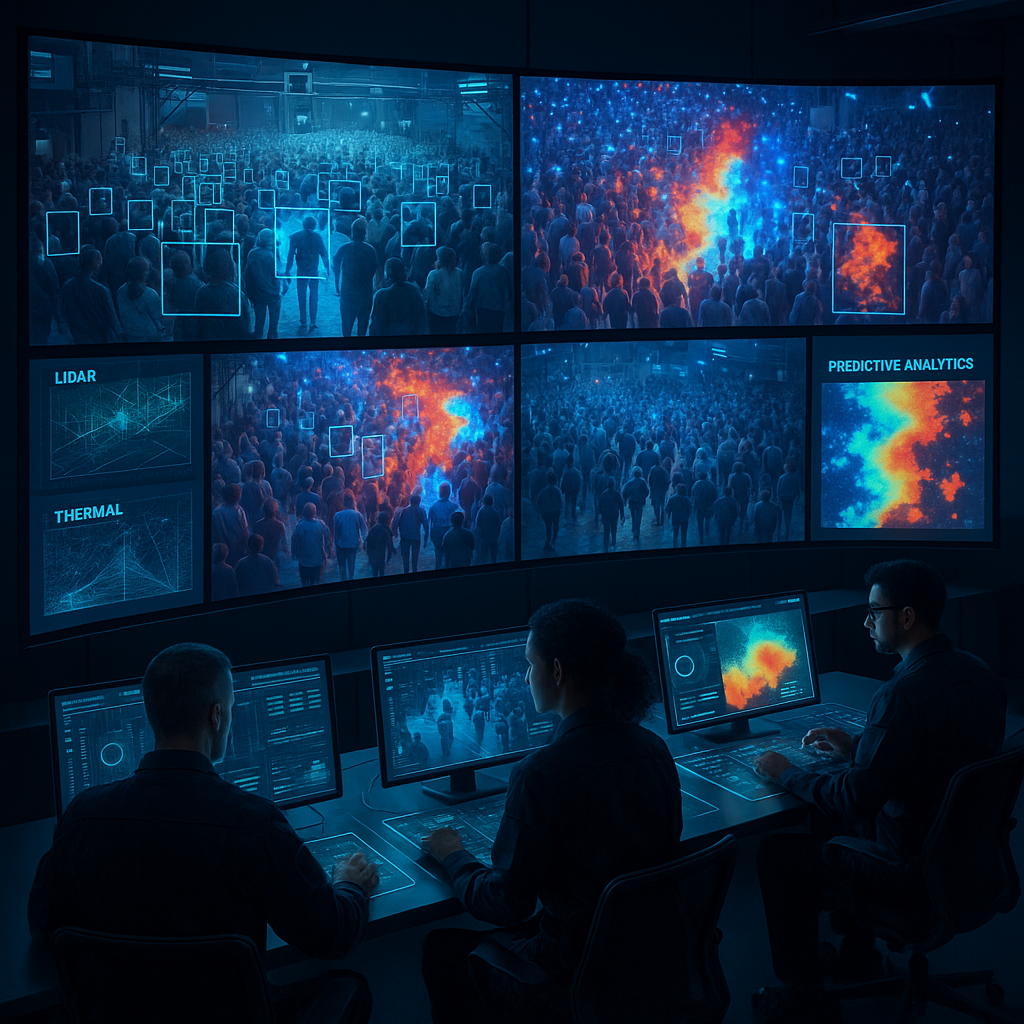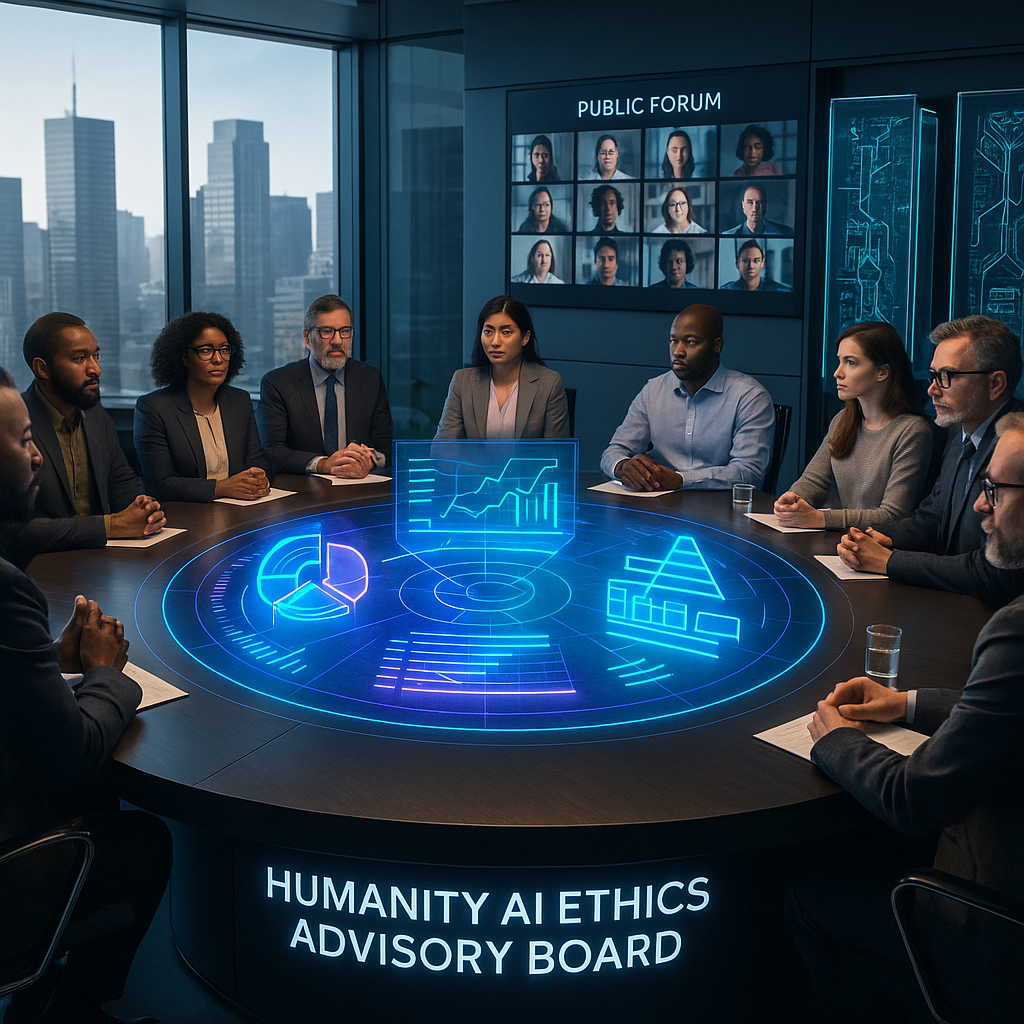Key Takeaways
- Text-to-image generation redefines creative workflows: OpenAI’s API enables the seamless transformation of textual prompts into high-quality, cohesive visuals, reshaping the way ideas are imagined and designed across disciplines.
- Unified language and visual AI systems emerge: The integration of image generation within language models signals a future where AI naturally fuses textual and visual reasoning, unlocking new expressive possibilities and more nuanced, adaptive outputs.
- API integration simplifies AI adoption for developers: OpenAI’s developer-friendly API allows straightforward implementation, granting enterprises and individuals access to advanced image generation tools without the need for specialized machine learning expertise.
- Generative AI accelerates innovation across sectors: Applications span marketing, entertainment, education, healthcare, legal, finance, and beyond—enabling everything from personalized campaign assets to rapid medical illustration, interactive learning tools, and automated compliance visuals.
- DALL-E technology underscores OpenAI’s leadership: By leveraging models like DALL-E, OpenAI delivers state-of-the-art capabilities, consistently outperforming other AI image solutions in coherence, adaptiveness, and aesthetic quality.
- AI democratizes artistry and creativity: By removing technical barriers, image generative tools empower creators, educators, and businesses of all sizes to access professional-grade visual content, shifting creativity from the privileged few to the empowered many.
- Scalable and adaptive solutions for diverse use cases: The API supports projects ranging from quick-turnaround social content to industrial-scale design pipelines, ensuring that organizations of any size can benefit from robust, scalable AI-powered visual generation.
- Revolution in human-AI collaboration: OpenAI’s API enables users to co-create with AI, pushing the boundary between human intuition and computational creativity, and redefining the landscape of visual storytelling and problem-solving.
By intertwining image generation with language intelligence, OpenAI’s API marks a leap toward unified, multimodal AI systems poised to transform creativity, learning, and industry innovation at every scale. The following sections examine the technical foundations, explore vibrant cross-industry applications, and contemplate the deeper implications of such a paradigm-shifting technology.
Introduction
Imagine distilling a complex vision or emotion into a single, evocative image with nothing more than a line of text. OpenAI’s Image Generative API brings this scenario to life—no code wizardry or graphic design mastery required. What was once the realm of science fiction is now enabling product teams, educators, marketers, healthcare professionals, and artists to unleash creativity at digital speed.
This isn’t some distant dream. Across industries, teams are already deploying generative AI tools to unlock new modes of visual storytelling and rapid prototyping. Whether it’s a startup spinning up compelling product mockups overnight, an educator generating personalized illustrations for diverse learners, or a healthcare provider creating clear, adaptive infographics for patients, the democratization of visual design is underway.
OpenAI’s blend of DALL-E’s creative prowess, frictionless API integration, and unified language-visual AI intelligence is accelerating how we explore ideas and solve problems. Beneath the gleaming surface lies a profound shift: human-AI collaboration is being reimagined—not by replacing creativity, but by amplifying and diversifying it.
Stay Sharp. Stay Ahead.
Join our Telegram Channel for exclusive content, real insights,
engage with us and other members and get access to
insider updates, early news and top insights.
 Join the Channel
Join the Channel
Technical Foundations of OpenAI’s Image Generation API
Architecture and Capabilities
OpenAI’s image generation system represents a radical advance in generative creativity, rooted in a diffusion-based architecture. This approach progressively transforms random noise into vivid, detailed images by “denoising” toward a textual prompt—a dance of mathematical precision and creative emergence.
Key technical features include:
- Granular prompt control: The API allows users to shape outputs with specific descriptors, ensuring images align with brand, educational, or narrative requirements.
- Versatile endpoints: Functionality includes endpoints for new generative creation (
/images/generations), targeted image edits (/images/edits), and creative variation (/images/variations), each customizable for dimension, style, and quality. - Parallel processing: Handling multiple prompts concurrently, the system scales effortlessly from single images to extensive batches, supporting both experimentation and enterprise production.
Integration and Implementation
Designed for openness and efficiency, OpenAI’s API adopts RESTful principles—enabling integration within virtually any development framework, from startups to global enterprises.
- Simple authentication: Secure API keys provide robust access control.
- Flexible SDK support: Official SDKs streamline implementation across popular programming languages, including Python, JavaScript, and more.
- Optimized delivery: Requests, submitted in JSON, result in rapid image generation—typically within seconds—via secure URLs or direct data payloads.
Implementation is intuitive:
response = client.images.generate(
model="dall-e-3",
prompt="detailed technical description",
size="1024x1024",
quality="standard",
n=1
)
This developer-centric foundation means teams in industries ranging from fintech to health informatics can rapidly deploy generative visual workflows, adapting to new demands with unprecedented agility.
Revolutionary Impact Across Industries
The implications of OpenAI’s image generation API ripple far beyond the creative and design world. Its technical flexibility and expressive power are fostering innovation in sectors as diverse as healthcare, education, retail, marketing, and environmental science.
Creative and Design Sector
Design agencies and studios have witnessed a seismic shift in their workflows. Rapid concept development is now the norm—visual iterations formerly requiring days are completed in minutes. Teams report up to 60% reductions in time-to-concept without sacrificing quality.
Key impacts include:
- Rapid prototyping: Instant exploration of multiple creative directions.
- Brand asset generation: Automated production of consistent, on-brand visual components.
- Custom illustration: Bespoke imagery for everything from book covers to motion graphics.
- Visual storytelling: Engaging marketing collateral, comics, and narrative sequences generated on-demand.
Enterprise and Business Applications
For large organizations, OpenAI’s API is a force-multiplier—optimizing content generation and slashing costs in areas once bottlenecked by manual production.
- E-commerce: Automated mockups for diverse product variants, with retailers noting up to 40% reductions in visualization costs.
- Corporate communication: Branded infographics, reports, and educational materials generated for internal and external audiences.
- Automated compliance visuals: Finance and legal firms using prompt-controlled generation to ensure visual assets meet strict regulatory and branding standards.
Healthcare, Education, and Science
The technology is opening doors to new approaches in fields traditionally underserved by visual content:
- Healthcare: Dynamic medical illustrations for patient education, adaptive to cultural and linguistic contexts; customized anatomical diagrams for training, and up-to-date disease infographics for public outreach initiatives.
- Education: Personalized learning aids—tailoring illustrations to curriculum, grade level, or specific student needs; adaptive diagrams for STEM instruction and visual aids for language learning.
- Environmental science: Real-time visualization of data trends, climate scenarios, or resource allocation models; communicative aids for research dissemination and policy advocacy.
Marketing, Retail, and Consumer Engagement
Marketing teams use the API to create data-driven campaign visuals, personalize outreach at scale, and offer interactive experiences:
- Retail personalization: Generating tailored product recommendations with user-specific visuals.
- Ad campaigns: Rapid A/B testing of creative variants, optimizing engagement and ROI.
- Interactive platforms: Customers co-create avatars or scene illustrations, deepening brand engagement.
Advanced Features and Capabilities
Control and Customization
At the heart of OpenAI’s image API lies a suite of controls empowering creators and enterprises alike:
- Image dimensions and resolution: Match outputs to every channel, from high-res print to bite-sized social.
- Stylistic and thematic modulation: Enforce or experiment with brand voice, tone, and visual motifs.
- Safety and compliance: Integrated content filters and moderation tools protect against misuse and support ethical deployment.
- Flexible output delivery: Choose preferred image formats and access methods to streamline downstream workflows.
Performance and Optimization
Designed for real-world demand, OpenAI’s infrastructure showcases:
- Speed: Typical response times of 2–5 seconds, even at scale.
- Scalability: Robust handling of hundreds of simultaneous image generations.
- Consistency: Reliable results across iterative tasks and brand campaigns.
- Resource efficiency: Intelligent queuing and distributed computation for optimized throughput.
Security and Compliance
The API’s security model ensures safe, enterprise-ready adoption:
- End-to-end encryption: Safeguarding all transmission and user data.
- Granular usage monitoring: Detailed audit logs for oversight and regulatory assurance.
- Rate limiting and abuse prevention: Built-in controls to enforce ethical usage.
- Robust content moderation: Automated and manual review pathways to mitigate risks.
Conclusion
OpenAI’s image generation API is not just a new tool—it’s a catalyst for a different mode of expression, collaboration, and industry operation. By uniting state-of-the-art diffusion models, intuitive developer access, and granular creative controls, it empowers humanity to dream, iterate, and communicate at a digital tempo unimaginable just years ago.
Industries as varied as healthcare, education, finance, and entertainment are already experiencing the creative liberation and productivity gains this technology delivers. The true revolution, however, lies in how it shatters legacy barriers—preset notions of who can create never looked so obsolete. As automated pipelines and microservices weave generative AI into the daily fabric of work and learning, the question is no longer whether you will use such extraordinary tools, but how audaciously you’ll wield them.
Stay Sharp. Stay Ahead.
Join our Telegram Channel for exclusive content, real insights,
engage with us and other members and get access to
insider updates, early news and top insights.
 Join the Channel
Join the Channel
Looking to the horizon, those who approach these “alien minds” not merely as utilities, but as collaborative catalysts, will shape the next wave of visual innovation. Will you settle for faster iterations, or redefine what it means to imagine altogether? In an era where creation becomes conversation, the future belongs to those bold enough to coauthor reality with AI—expanding the very language of communication, insight, and collective creativity.





Leave a Reply